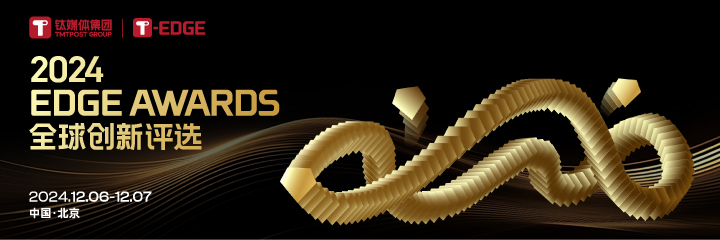BEIJING, December 19 (TMTPost)— More details about Xiaomi Corporation’s first electric vehicle model emerged as the Chinese smartphone maker is pushing its highly-anticipated business into final countdown of mass production.

Credit:China's Ministry of Industry and Information Technology
Xiaomi’s upcoming EV SU7 will be equipped with two types of batteries for the basic version and premium version respectively, according to the Catalogue of New Energy Vehicle Models Exempt from Vehicle Purchase Tax (the 72nd batch) announced by the Ministry of Industry and Information Technology (MIIT). One of the battery pack, the lithium iron phosphate (LFP) battery made by BYD, has a relatively smaller capacity of 73.6 kilowatt hour (kWh) and weighs 579 kilograms (kg). With the energy density of about 127 watt-hour (Wh)/kg, the battery enables two range options of 628 kilometer (km) and 668km. The battery with larger capacity of 101 kWh is the ternary lithium battery offered by Contemporary Amperex Technology Co. Ltd. (CATL). Weighing 645.8 kg, the CATL battery has a density of 156 Wh/kg and two options allows vehicles to go 750 km and 800km on a charge, respectively.
The basic version SU7, namely, the rear-wheel-drive variant, backed by BYD’s LFP battery, has a single electric motor, with the peak power of 220kW and the maximum speed of 210km/h. The CATL battery-powered premium variant will be a dual-motor setup that combines the front motor and the rear motor with their peak power of 220kW and 275kW respectively, which allow the vehicle to drive as fast as 265km/h.
Images of Xiaomi’s first EV model were leaked at a government filling last month. Xiaomi has applied for approval of making two EV models under its brand, according to the 377th batch of the Public Notice on Road Motor Vehicle Production Enterprises and Products released by MIIT. The notice marks Chinese authorities allowed Xiaomi to begin full-scale production.
The MIIT filling showed Xiaomi’s EV models—SU7 series will be adopted two different types of batteries: one is the lithium iron phosphate battery made by BYD’s subsidiary Fudi Battery Co., Ltd, and another is CATL’s ternary lithium battery. The SU7 series are set to be powered by HyperOS, Xiaomi’s new operating system rolled out late October. The vehicles will be made in its own facility and the production qualification was provided by Beijing Automotive Group Off-road Vehicle Co.,Ltd., a unit of Chinese state-owned auto manufacturer Beijing Automotive Industry Holding Co. Ltd. (BAIC Group).
At an earnings call with analysts last month, Xiaoping President Lu Weibing said his company doesn’t change its mass production target of EV in the first half of 2024 and the second winter test for the model is coming soon. While declining to reveal more details about the upcoming EV, Lu said there are a few key points about the offering that he can make clear, and one of them is vehicle is indispensable in Xiaomi’s entire strategic vision of “Human x Car x Home” smart ecosystem. Therefore, Lu believes consumers will no longer buy an individual product but an ecological company, and they will see the smartphone-centered synergy of consumer electronics in the future. Under the Human x Car x Home ecosystem, Xiaomi’s major brands of smartphone and EV will propel other brands to provide product experience and solutions to users targeting different user groups, Lu said.
Xiaoping CEO Lei Jun revealed at social media late October that Xiaoping plans to launch its car in the first half of next year, without giving any details. The President Lu told analysts that the information and images disclosed at the MIIT website obviously made it clear that Xiaoping will launch a sedan. He declined to reveal more details but mentioned there are about 3,000 employees working for research and development (R&D) of automobile business.









 快报
快报
根据《网络安全法》实名制要求,请绑定手机号后发表评论